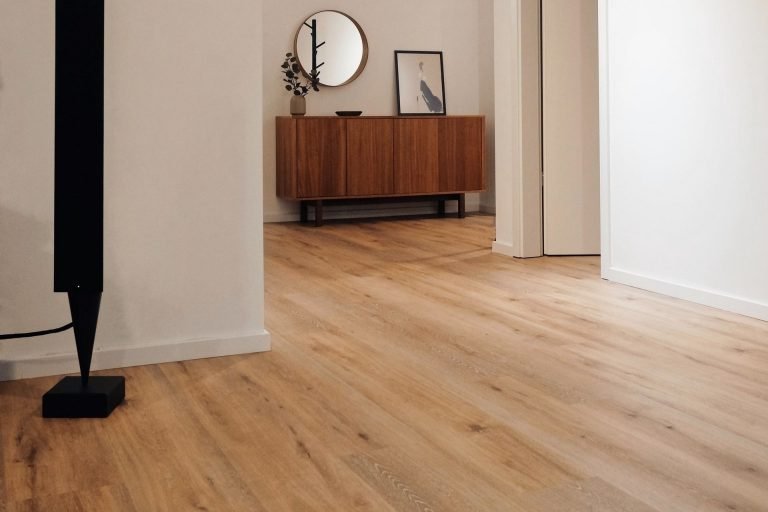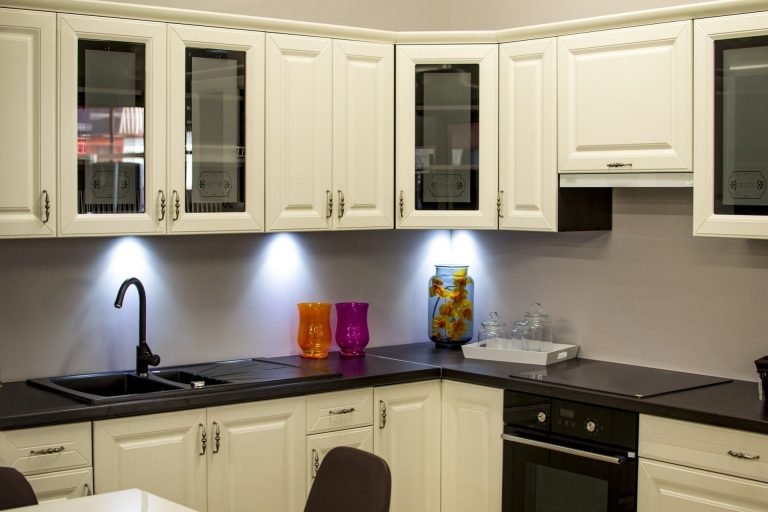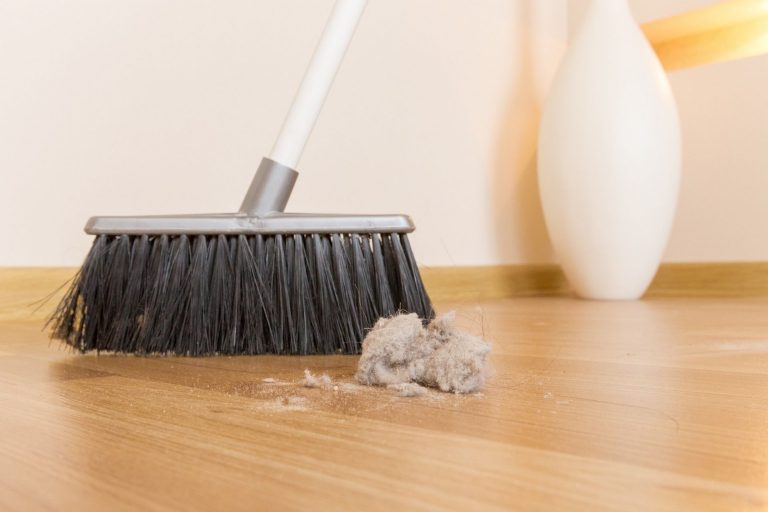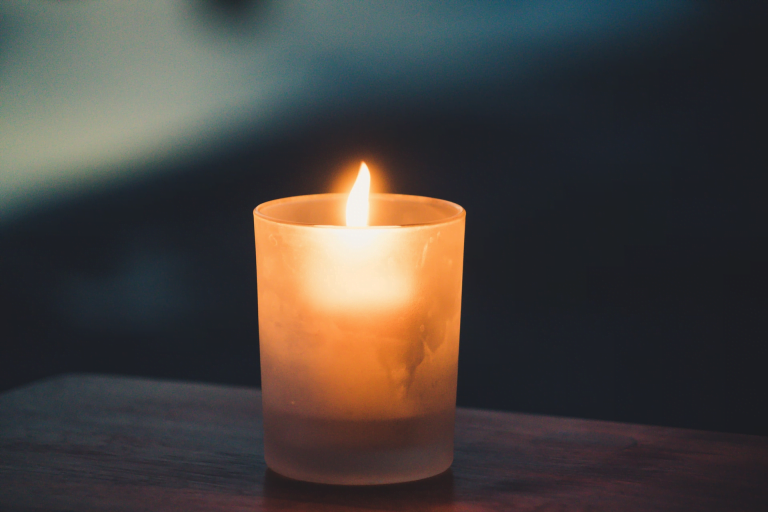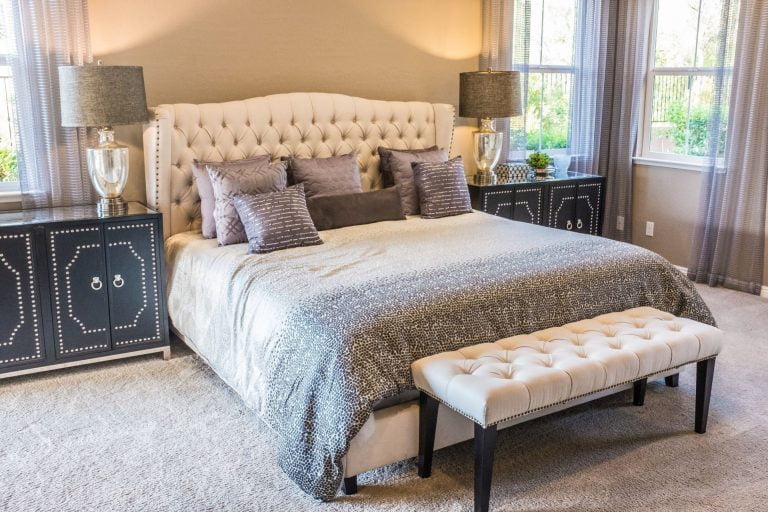Hanging Planters Indoor – A modern and Cost effective decor to upgrade your interior
Your personal living space is your safe heaven. It is the place you come to escape from all the stress and tiredness of daily life. Therefore, having a pleasant and healing living space can improve the condition of your lifestyle. Among several others, indoor plants are one such heavenly ingredient that can transform your living space into a whole another level. Adding plants into your indoor living space comes with lots of benefits too. Caring for a houseplant is a very meditative activity; also, they provide a beautiful living feature to admire. Not to mention your ability to show off a bit to the visitors.
I know Succulents and potted plants are what directly strike your mind when we say indoor plants. However, this classic option is not the only way to upgrade your living space with indoor plants. Incorporating hanging planters indoor or indoor hanging plant pots is a creative way to add indoor plants to your living space.

Indoor hanging planters
Hanging indoor planters are decorative pots that you can suspend from your ceiling, window, or wall that consume the unusable space in your room. These planters do not disturb the floor area like potted plants that you place on the ground or tables. You can plant your favorite herbs, plants, small flowers, and even fruits on the baskets and hang them wherever you like. These planters are creative, novel, cost-effective, and do not bump onto your leg when walking! What else can you ask from home decor, right…
There is a wide range of hanging planter options out there in the market that match any sort of home aesthetic. Your theme might be minimalistic, contemporary, vintage, chick, glass, rustic, whatever! You can find a matching hanging basket to your style. Also, good news, you can save your money by creating your own DIY dangling planters using a gift basket or used attractive takeout container.
Can hanging baskets survive indoors?
I know this is the million-dollar question that pops up in your head when talking about hanging planters. Well, the most straightforward answer is “Yes,” but you need to pay adequate caring and maintenance to keep them alive and beautiful. Following are the critical conditions you need to maintain in an indoor hanging planter.
Sunlight: –
Always place indoor hanging planters in a place where they get enough light. Also, be aware of the amount of sunlight each plant requires. The necessity for light differs from plant to plant. Plants that do not get enough light may exhibit poor growth like small leave and long, thin stems. These plants also turn to pale in color. Meanwhile, some plants would scorch in bright and direct sunlight! Symptoms include:
- Pale green/white leaves.
- Leaves with brown/yellow edges.
- Wilting signs that the plant receives too much sunlight.
Water: –
Appropriate watering is the other crucial factor when it comes to indoor hanging planters. As plants do not get any natural rain, we need to water them properly. Also, indoor hanging plants dry out faster as the air is warmer and dryer around the ceiling. However, watering a hanging basket houseplant is very difficult due to its dangling placement. You better invest in a watering can with a long-necked and keep a stool or a stepladder ready. You can take the basket down and water the plant in the sink. If you are uncertain whether it is time to water, just poke a finger into the soil and if potting mix feels dry, apply water to the top inch of the soil. You also need to water if the plant starts to wilt.
Fertilizer: –
You need to fertilize your hanging planters regularly as they have no other way of acquiring, but only when there is wetness in the soil. If you fertilize a dry potting mixture, it will only burn the plants severely.
Grooming: –
No one needs to see an overgrown, eye soring plant hanging from their ceiling. Therefore, keep a close eye on your hanging plants and provide proper maintenance. Trim overgrown branches, remove dead leaves regularly, and cut back wayward or unhealthy growth and roots.
Do hanging planters need drainage holes?
Plants that grow in hanging planters require the same drainage any other container plant need. The type of basket you have determines if it requires drilled holes or not. Hanging baskets with wireframes lined with moss or coir naturally drains; So, you do not need to make holes in them. But plastic and wooden baskets will not drain adequately without holes. Therefore, it is necessary to have some perforations/holes at the base of the planter to remove excess water from the soil.
Otherwise, soil in the planter will get soggy, and the roots of the plant will rot. Many hanging baskets come with built-in holes in the bottom. So, you can purchase a hanging planter with drainage right away. If not, you must drill some holes in the bottom of the planters. Then, the excess water can quickly drain from the bottom of the basket after irrigation.
An average planter basket needs three to four quarter-inch holes in the bottom to provide adequate drainage. Turn your empty basket upside down on a flat surface and drill the holes using a drill with a 1/4-inch bit.
Let the holes evenly scatter around the bottom of the container. Remember to wear some eye protection when drilling. If the soil falls out of the drainage holes when filling the basket, you can line it with a fine metal mesh. You can even use a piece from a permanent coffee filter to allow water to drain while holding the soil in place.
Indoor hanging planter options
As we have discussed before, you can find several choices of indoor hanging planters available in the market. There are several sizes of baskets—normal-sized planters, large indoor hanging planters, extra-large indoor hanging planters, etc. You need to decide the size depending on the type of plant you are trying to plant and where you will hand them.
If you plan to hang them on a regular ceiling or a wall, it is ideal to go with average-sized planters. Excel and large indoor hanging planters are suitable for open spaces like patios, corridors, or outdoors. It would be dangerous to hand huge planters in your living space or the bedroom.
The material of the basket also varies; ceramic, wooden, plastic, clay, and metal are among the most popular. The material you choose must depend on the type of plant, hanging place, drainage requirement, etc.
Also, when we say hanging plants indoor, you can mount them on the walls, windows, roofs, or even outdoor supports.
Hah! quite a bulk of information to grasp, right!
Do not worry; Now, let us discuss these options in detail.
Ceiling planters: –
The most common type of hanging planters comes from ceiling mounting. They come with chains and hooks for you to hang on the ceiling. However, you need to have a firm ceiling, wood log, or even a wire to hang these planters firmly and avoid falling onto someone’s head!
Therefore, it is essential to know How do you hang a planter indoors correctly.
Indoor hanging planters are usually filled with potting mix and plants therefore heavy. Especially if the basket is clay or ceramic, this weight is considerably high. So, be careful to hang these baskets securely attached to wall rivets or ceiling beams. If you find the pot is still too heavy, please mix the potting soil with perlite, with less weight and improved drainage.
wall hanging planters indoor: –
Hanging plants on the ceiling is new but still not so unique! Another creative way to add indoor planters is to mount them on the walls, which is very NEW! Readymade Indoor hanging wall planters are available in the market. Do you plan to keep a few smaller plants such as succulents, cacti, or air plants that look great together?
Then you can mount them on a wall in a decorative way using hanging wall planters indoor. You can use a few individual planters or a hanging planter set to add some geometric aesthetic. Be creative and hang them over a desk, empty designer wall, or in an entryway.
Do not forget to have drainage holes and take the entire planter down to the water if you worry about water stains on your wall. Then wait for them to stop dripping before you put it back in place too.
Just remember that these planters might not be the choice if your plants are larger or need a lot of space for plant roots.
Wall Pockets: –
If you have a vast exterior bare wall, you can use wall pocket planters to place small plants. Also, if your outdoor garden is extensive, you might need space to keep your smaller plants while they grow safely. This is when wall planters composed of pockets come in handy. These pockets are ready for planting and are designed to make the most of your space. The material is primarily a durable polypropylene, and usually, one planter kit can accommodate up to 30-50 plants at once. When these plants grow, their foliage covers the pockets’ visibility, and all you see is a wall covered with plants. Amazing right!
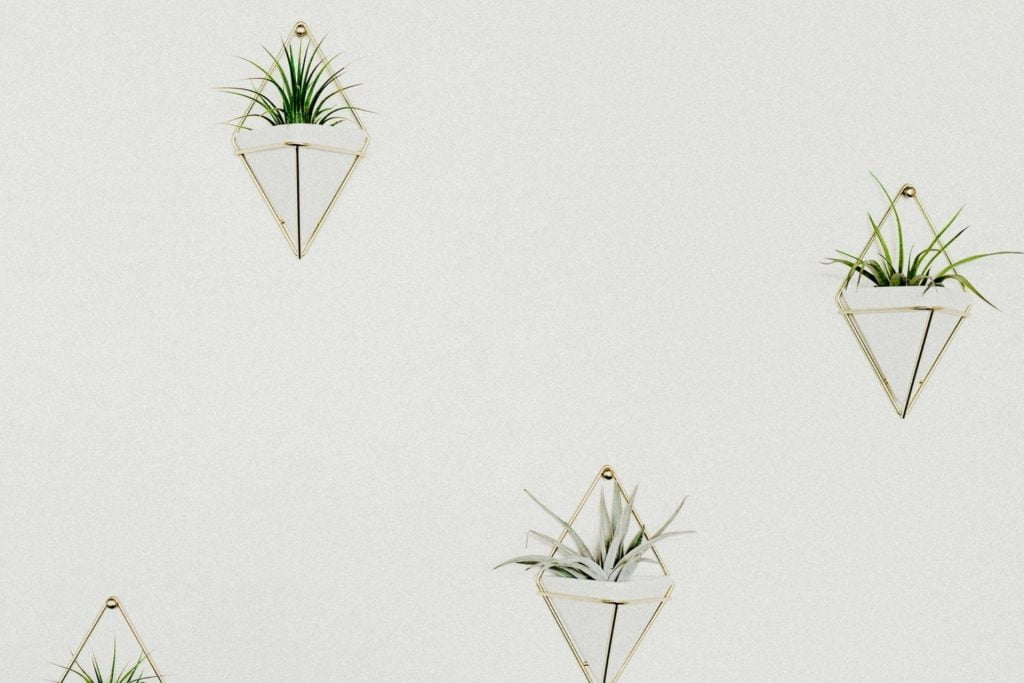
indoor window hanging planters: –
This is one of the most creative ways to hang your indoor plants. You can display plants by the window in a creative manner by hanging planters on a metal rod. Three plants at a time are the most eye-pleasing way to hang them. Also, it is easy to water and aesthetically fill the sill space around a dull window.
In contrast to the ordinary basket-type planter, there are rectangular wooden baskets as well that are long enough to be in line with the window’s upper corner.
Make sure to purchase them with the required mounting hardware like bolts and chains. This way, you can create an indoor herb garden right above your window. Also, remember, most window planters come with no holes to prevent dripping. Therefore, you need to add gravel or pebbles at the bottom of the planter for better drainage.
plastic hanging planters
This is one of the most common indoor hanging planters people use indoors mainly due to its lightweight. Also, plastic planters are easy to handle, easy to drill holes, and readily available too. They also come in all sizes and a variety of shapes.
If you are planning to install large hanging planters, better to go with a plastic one. Other materials like clay or ceramic are too heavy as large planters to install indoors.
However, plastic is drainage proof as a material. Therefore, having holes and materials like stones at the base of the planter is a must. Another con of plastic is its low quality and less eye-pleasing external appearance. Not to mention the fact that there are well-designed plastic planters also available on the market. If you plan to plant a rare plant in a well-designed wall and the whole purpose is to show off a little, better to stay away from plastic and go with a more elegant material like ceramic or clay.
metal hanging planters outdoor
Metal handing planters come in all sorts of stylish designs and sizes. Due to their durability and strength are ideal for outdoor spaces like a patio, summer hut, or an exterior wall. But that does not simply imply they are not suitable for indoors; of course, they do! There are so many classy metallic planters available in the market as well on online marketing platforms.
In some cases, metal hanging planters come as just the skeleton so that you can add a desirable planting basket into it. One of the most significant examples is “coco hanging baskets.” This lets you add a cocopeat basket into the metallic frame and plant your favorite plants on it.
Metallic hanging planters also facilitate drainage, and you do not have to drill any holes in them.
However, improved drainage means plants need more frequent watering. Also, a metal planter has a threat of rusting, especially if you use it as an outdoor hanging planter. So, make sure to buy planters made of non-rusting metals or paint them thoroughly to avoid rusting.
ceramic hanging planter
Ceramics never fail to add elegance to any space. You can hang one or a few ceramic planters in a room and expect it to look excellent. You can take a set of ceramic planters and arrange them in a creative geometric pattern to enhance the look of your room.
Ceiling or wall mount hanging ceramic planters are ideal for displaying vibrant plants, herbs, flowers, succulents, etc. Drainage in ceramic and clay planters is excellent; therefore, minimal perforation of the planter is enough.
But ceramic is an expensive, heavy, and delicate material. Therefore, ceramic planters are ideal for indoor spaces. If you go for Indoor ceramic hanging planters better to have average-sized baskets, as large planters might fall, and break and the loss will be high.
DIY hanging planter
We discussed most of the options available in the market. Spending money on planters is not the only way to upgrade your space with indoor plants. Instead, why don’t you just create your own hanging planters? We are here to give you some fantastic ideas.

An effective DIY hanging planter can hold the plant while causing no damage to the ceiling or wall. The key point of a DIY planter is that the hanger, plant, or soil should not be too heavy. Plus, you need to consider weight increase when watering the plant.
Please use sturdy and good-conditioned ropes or chains to hang the planter. It is best to select small plants in the beginning, leaving space for them to grow. Also, you need to consider how convenient it is to maintain the plant. The best plants for indoor environments are succulents, ivy, and ferns. Air plants, Orchids, and vines are some other good choices too. These plants require low maintenance, so is water.
If you are going for a DIY project, the basic materials you require are a pair of scissors, cords, a basket, hooks, and screws. Other materials are based on the design you make.
Macrame Hanging Plant Holder –
You can say this is the most common DIY hanging planter. All you need is cording, twine, or paracord. The plant basket better is a ceramic or clay one. Cut long cording strands and attach them to a ring. Create a series of ties and build the portion that hangs from the ceiling and holds the planter securely.
Then tie all threads at the rear end together to make it like a pouch to place the ceramic pot. You can also purchase potted plant hangers directly and place a pot inside. These hangers are available on most online platforms like Amazon or Ikea. This way, you can reduce the hustle of threading and creating the hanger using cords on your own.
The rope plant hanger –
This is also an everyday DIY hanging planter with a woody touch. Take a rectangular wooden board, rope, and pots. Make holes for the planter in the middle of the board using a drill. And drill another four more holes for the cords at the corners of the board. Place the pots in the holes, and thread the rope on the four corners for hanging. This will take a maximum of an hour to complete.
Leather Sling Planter –
You may not like drilling holes in your walls and ceiling. Then you can create your own window hanging planter. All you would need is pieces of leather according to the sizes of the pot and ropes. Cut the leather pieces according to the bottom dimensions of the pots. Use some grommets to secure the cords. Finally, tie the knots and place the basket in. Now it is ready to be hung by your window. This can give a warm vintage leather vibe to your home.
Vertical Plant Hanger-
You can remember the rope plant hanger we discussed a while ago, right? Well, you can repeatedly add a few layers of wood boards to the same thing. But this time, the elongation is vertical. Use scrap boards and tie ropes to build the hanger. Then, you can attach a hook onto the ceiling and hang it. This design definitely helps maximize the indoor space.
Hanging Jars –
Every home has several empty glass jars that no one uses anymore. You can use these jars as pots to plant the plants for convenience. Strangle the jar’s neck with metal wires and hang them near the kitchen or living space for easy access to your herbs. This design is excellent for decorative purposes too.
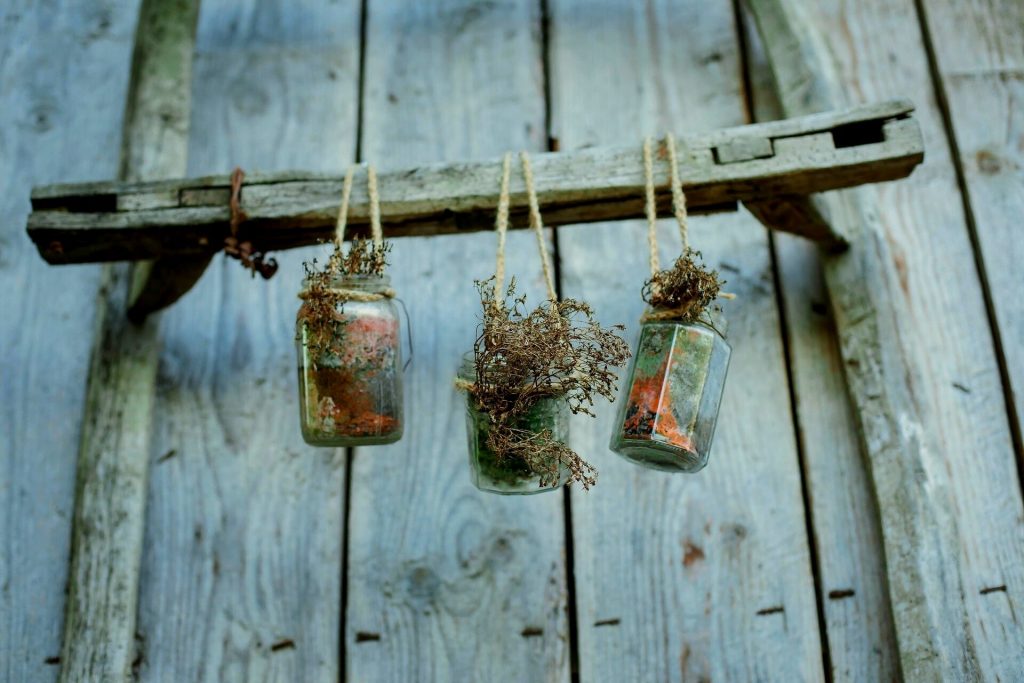
Pet Bottle Plant Hanger-
Old pet water bottles are not something new to us. Disposing of these bottles is hazardous to the environment; Therefore, the best option is to recycle them.
You can turn pet bottles into planters by cutting them in half, filling soil inside, and adding threads to hang the bottle. Be a bit creative and use paint to make it more eye-pleasing.
Disco Ball Hanging Planter
To get a bit funky vibe to your space, you can use this DIY design. If you have an old disco ball at home, this is the time to give it a second life. Cut the ball into two halves, and you will get two planters. Each half is spacious enough to hold a plant. Considering its bowl shape, you can put this in the middle of a macrame of your choice to hang. The sparkle in the disco ball lets the new planter shine without any add-ons.
Finally…
Where to buy hanging planters?
Okay, now you have a broad idea of the options of indoor hanging planters available in the market. Then you need to know where to buy them. These items are available on any of your favorite online shopping platforms; Amazon, eBay, Alibaba, to name a few. Other than that, IKEA has its own line of planters too. You can search hanging planters Ikea on Google, and you’ll see the collection. However, do not forget to read the product reviews and ratings well before purchasing.
I am pretty sure they are available in your nearest shopping mall as well.
What to Look in a Wall Planter?
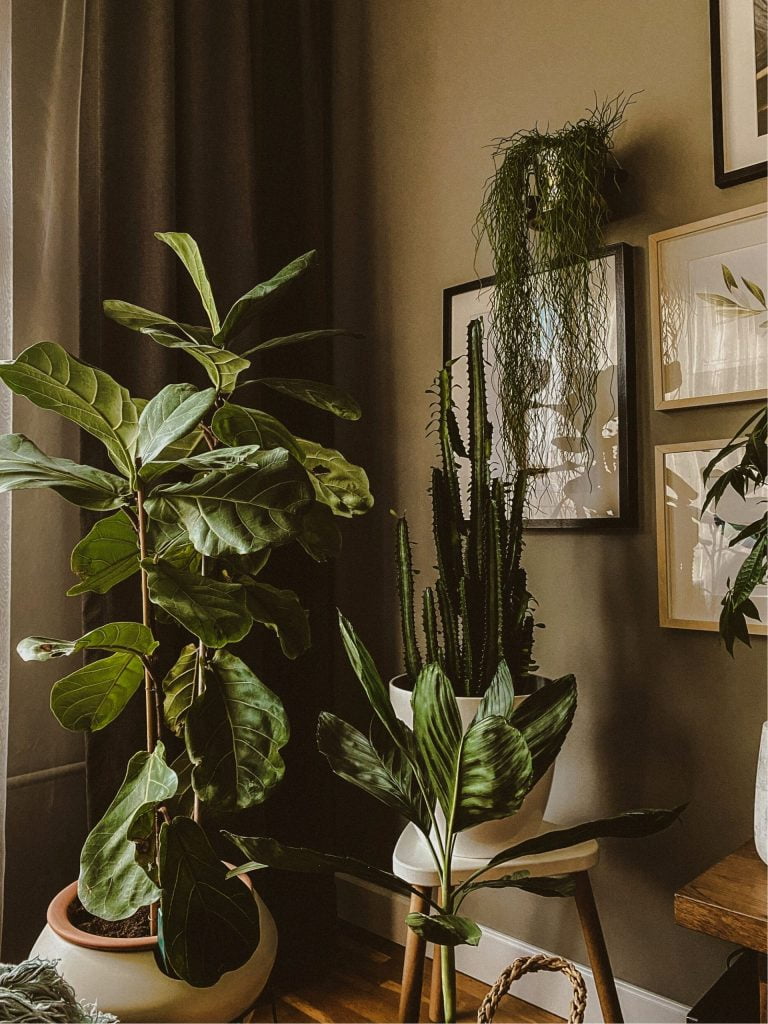
Size and Convenience
First, decide on a place to keep your hanging planter. Is it on the ceiling, interior, or exterior wall adjoining to a patio or deck; Or will it become part of your window decor? Then see what the appropriate size of planter that will fit the space intended is. Also, give a thought about the required size of the planter. Is it large enough to keep the plant or plants you want? If your plant is small, select an average-sized basket. If you want to keep large hanging planters indoor, plant a variety of small plants like succulents together. This way is more eye-pleasing than planting one large plant.
Some wall planters come with features to make it easier to take care of the plants. Planters with self-watering features or reservoirs will cut down on maintenance efforts. Built-in drainage holes allow an incredible selection of greenery.
2. Ease of Installation
Do not forget to read installation instructions before buying. Some planters may only require to hang the basket on a hook with the cords simply. Some installations can be complicated and might require several accessories, tools, and even a technician. When you want to place your hanging planter on brick or stone, again, you may need extra tools for installation. Purchase wall planters that include instructions and accessories for hanging. You may need additional hardware for heavier or fragile pots. Ideally, these accessories might come along with the planter.
3. Versatility and Style
As mentioned before, indoor hanging planters come in various sizes, shapes, colors, and materials. Some planters come as individual pots and some as a set of several pots. There are hanging planters designed for a specific purpose, like growing herbs, air plants, or starting seeds. You can choose planters with characteristic geometric shapes to match your interior. Styles may fluctuate from ultra-modern to vintage farmhouse design and all the things in between. This will give you lots of options to personalize your living space according to your taste.
I hope this article would support you to build a healing interior with amazing indoor plants!

